#native american flute
Text
I love native american style (plains) flute. When played right, it's one of the most mournful and beautiful instruments known to mankind.
2 notes
·
View notes
Text
youtube
I am an Army veteran who served in Iraq for a total of three tours. During those times I learned a lot of valuable lessons and some of those experiences decided to stick around to haunt me.
I started playing the Native American Flute during the pandemic. I mostly focus on its healing powers and use its transformative properties to move past my trauma. I was diagnosed with PTSD and I suffer from a ridiculously high amount of anxiety. I am physically back home but part of my spirit is lost in Iraq. I call out to it to return back to me and I await its warm embrace.
The song I am posting was nominated for Best Flute Single by One World Music Radio. The title of this song is, "Returning Home".
If you enjoyed this track please feel free to visit my bandcamp profile. I am new to creating music and I hope you are able to follow me and help me feel connected to others.
3 notes
·
View notes
Photo



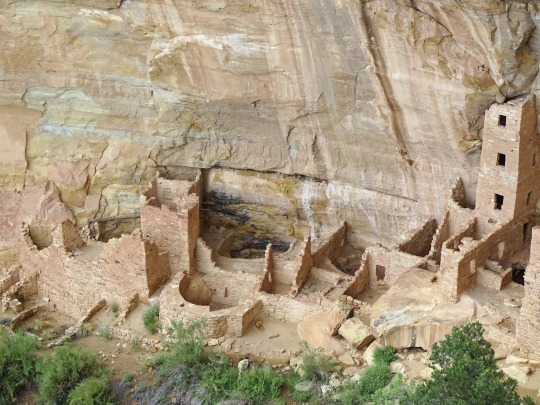
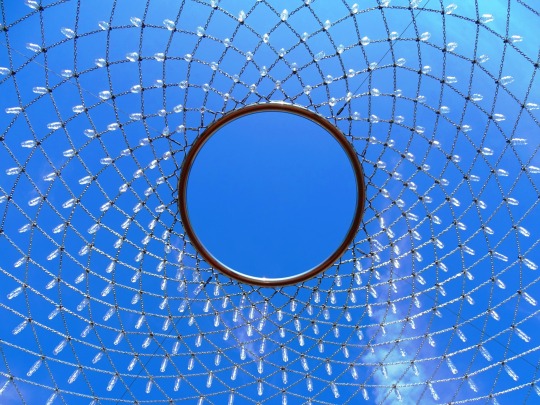


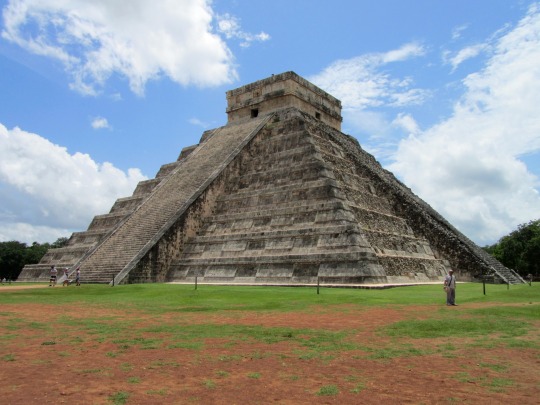


International Day of The World's Indigenous People
The International Day of the World’s Indigenous People on August 9 pays tribute to the indigenous communities of the world. The latest data reveals that there are about 370 to 500 million indigenous people living in 90 countries. These communities are noted to have their own unique set of languages, traditions, cultures, and governing systems. For many indigenous groups, the systems that their ancestors have followed for centuries have stood the test of time by serving them with positive outcomes to date. Many indigenous people’s special bond and connection with nature have also led to the protection of the general environment. However, on the other side, several indigenous communities face difficulties due to a central government’s covert and overt attempts to control their lives. This has led to indigenous people’s rights violations where they would have otherwise ensured peaceful and harmonious lives for them.
History of International Day of The World's Indigenous People
The first International Day of the World’s Indigenous People was officially celebrated in August 1995. The day had been brought into existence when the 49/214 resolution was passed by the U.N. General Assembly on December 23, 1994. August 9 was chosen as the commemorative date because that was when the first meeting of the U.N. Working Group on Indigenous Populations of the Sub-Commission on the Promotion and Protection of Human Rights was held. Every year, the day is honored by governments and organizations holding education forums and conferences to meet and discuss the social issues faced by indigenous groups worldwide. People are also given information on any ongoing and/or upcoming activities and projects that are being undertaken to help the target communities. Every year, the theme changes to shed light on a pressing topic, and the theme for the year 2021 was ‘Leaving no one behind: Indigenous peoples and the call for a new social contract.’
The social contract theme is a call for accountability in the general populations’ interaction with the indigenous communities and their resources. Over the years, many indigenous groups have found themselves to be on a disadvantageous terrain in the face of urban development projects that have destroyed and denigrated their lands and territories. The central governments and builders involved in such projects never sought permission from or even spoke with the indigenous communities before they took the developmental steps. Organizations and agencies like the U.N. and UNESCO have made efforts for constitutional/legislative reforms for dominant indigenous groups. Yet, the efforts must be focussed on bringing everyone together in the cause, leaving none behind.
International Day of The World's Indigenous People timeline
1982 First U.N. Meeting on Indigenous People
The U.N. holds the first meeting on indigenous people by forming the U.N. Working Group on Indigenous Populations of the Sub-Commission on the Promotion and Protection of Human Rights.
1995 International Day of the World’s Indigenous People
The first International Day of the World’s Indigenous People is celebrated by the U.N. General Assembly.
2005 - 2015 Indigenous People’s Decade
The U.N. proclaims 2005 to 2015 to be the ‘Decade of Action and Dignity’ for the indigenous communities.
2019 Indigenous Languages Year
After a startling 2016 report on the danger of more than 2,000 indigenous becoming extinct, the U.N. declares 2019 to be the International Year of Indigenous Languages in order to create awareness.
How To Observe International Day of the World’s Indigenous People
Learn about indigenous groups
Learn an indigenous language
Stand by indigenous groups
History related to indigenous people is always interesting to read and learn about. They have their own sets of beliefs, customs, languages, and cultures. Their daily lifestyles are also often connected with nature, be it animals, trees, certain plants, or lakes/rivers.
The U.N. declared the years 2022 to 2032 the decade for indigenous languages. The goal is to bring to attention the dying languages, since most of them are not taught in schools or are used by the general public. Losing a language is losing an important facet of the history and culture of a people.
The best way to celebrate this day and the rest of the year is by vowing to stand by indigenous groups. The indigenous people have the right to freely choose however they wish to live, much like any other living being on this planet. Protecting their rights also in turn protects your rights in the long run.
5 Interesting Facts About Indigenous People
80% of the world’s biodiversity
4,000 indigenous languages
High poverty rates
Short life spans
Leaders in protecting the environment
Around 80% of the world’s biodiversity is in places where indigenous groups are living.
The 5,000 indigenous communities in the world are credited with having about 4,000 languages.
While the indigenous communities account for only 5% of the world’s population, they make up 15% of the world population that is living in poverty.
Indigenous communities, due to a lack of awareness, have shorter life spans as they die of preventable diseases like malaria and H.I.V.
Studies have shown that the fauna and flora, and biodiversity thrive and flourish where indigenous people reside.
Why International Day of the World’s Indigenous People is Important
It’s a celebration of indigenous people
It’s a celebration of indigenous languages
It’s a celebration of the freedom to live
Indigenous people form an essential and crucial part of not only our planet’s history, but also how human beings have come to make systems to lead fruitful lives. The indigenous people’s cultures, customs, and traditions are interesting to learn about for their uniqueness and for what they teach us about the universe and the bigger picture.
Language, at its core, builds the identity of a people. The involvement of the different phonetics, grammar rules, and formal/informal styles can tell one a lot about where a community has come from, and how their history has shaped them. The same is the case with indigenous languages. The problem lies in their endangerment, and this is why we must strive to preserve them.
The freedom to practice our rights on a piece of land that has shaped our communities for centuries should not be taken away from anyone. The freedom to practice our customs, traditions, and general lifestyles is another important aspect of living a worthwhile life. For these very reasons and many others, we should join indigenous people in their right to live and flourish however they like.
Source
#Native American flute#Monument Valley Navajo Tribal Park#Arizona#USA#Dinosaur National Monument#Diné#Mesa Verde National Park#Colorado#Square Tower House#Jamestown S'Klallam Tribe#Wabanki Canoe#Mexico#Chichén Itzá#The Gather-Ring by Manuel Báez and Charlynne Lafontaine#Ottawa#Cliff Palace#original photography#tourist attraction#landscape#International Day of The World's Indigenous People#9 August#Canada#jingle dance#DayOfTheWorldsIndigenousPeople
5 notes
·
View notes
Text


JACKALOPE - R. Carlos Nakai & Larry Yañez
#JACKALOPE#R. Carlos Nakai#Larry Yañez#canyonrecords#cassette#tape#native american flute#synthesizer#percussion#trumpet#Chicano musician#Native American musician
7 notes
·
View notes
Text
Dub reggae featuring Native American Flute
youtube
#native american flute#Native American flute music#Native American style flute#dub music#reggae#roots reggae#dub reggae#Youtube
2 notes
·
View notes
Text
Bella Ciao #tonguedrum #Percussion #Instrument #jooleermusic #steeldrum
0 notes
Text
youtube
Un morceau de didgeridoo avec du tambour en toile et de la flûte amérindienne le tout en 432 Hz. Bon voyage...
#didgeridoo#native american flute#432hz music#432 hz frequency#chamanisme#shaman#shamandrum#music#my music#relax#chill music#Youtube
1 note
·
View note
Video
youtube
Play Music On the Porch Day August 26, 2023/Native American Flute Improv...
1 note
·
View note
Text

Native American Flute
#native American Flute#bettertomorrows#spirituality#faith#goldennuggets#native american woman rituals#healing#indian men#inspiration#mindfulness
0 notes
Photo

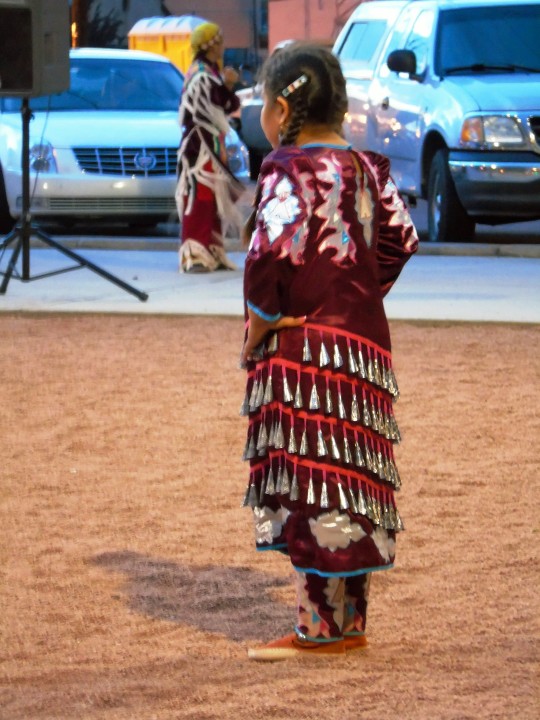

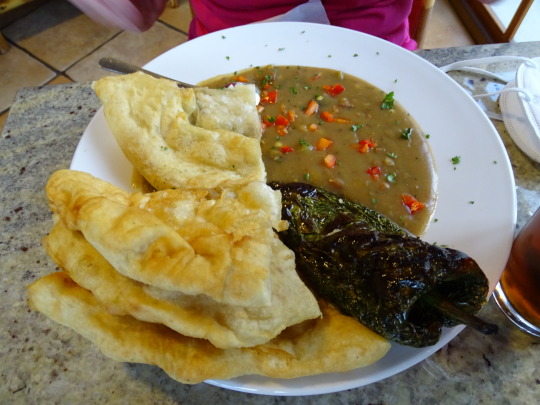
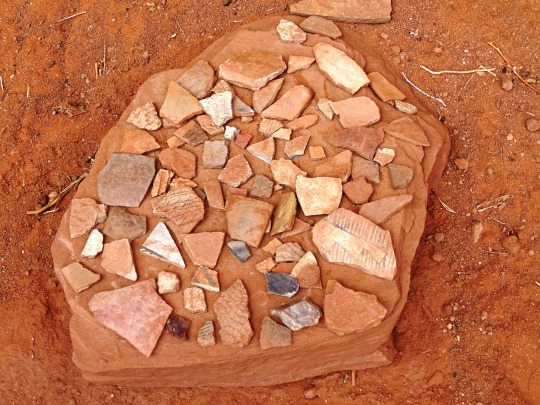

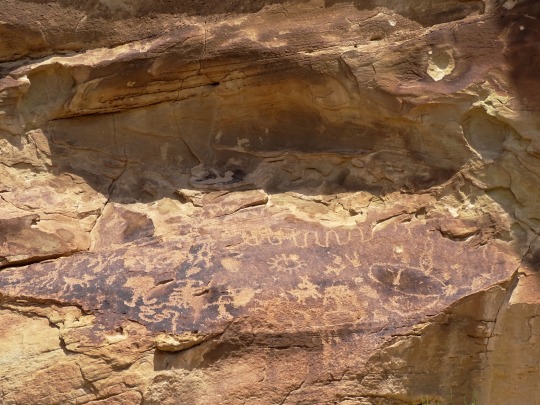

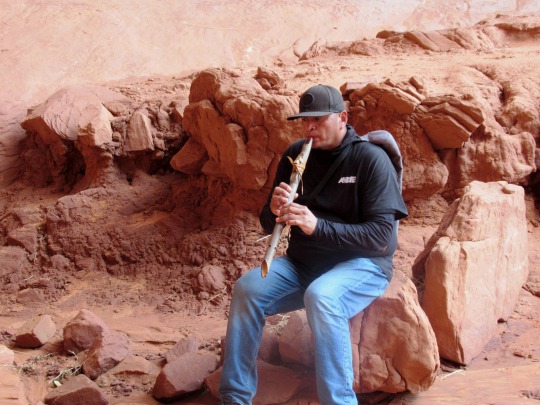
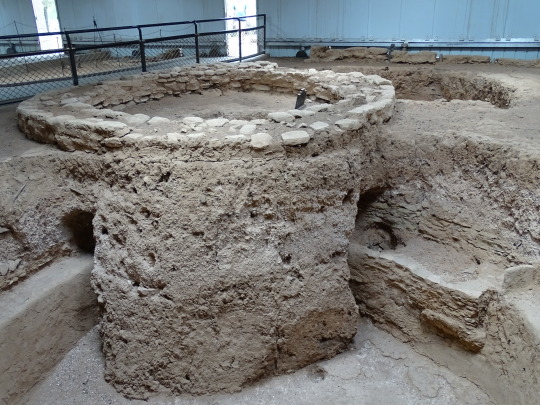
Native American Heritage Day
National Native American Heritage Day is observed on November 26, a day after Thanksgiving. American Indians are accorded special honor on this day, and their rich cultures, accomplishments, contributions, and heritage are celebrated. The history of America begins with Native Americans, and the bald eagle on the U.S. shield is an Iroquois symbol. On this day, we can enjoy displays of their cultural fashion and unique recipes and speak out against the grave injustices they have experienced.
History of Native American Heritage Day
Dr. Arthur C. Parker of the Seneca nation first protested for National Native American Heritage Day between 1912 and 1915. At first, he was fighting for an “American Indian Day” to be recognized within the Boy Scouts of America. In 1990, President George H. W. Bush signed into law the legislation introduced by Congressman Joe Baca, to designate the day after Thanksgiving as American Indian Heritage Day. The law was established on November 28 as a day to pay respects to the Native Americans for their numerous contributions to the United States. The American Indian Heritage Day was supported by the National Indian Gaming Association (NIGA) and 184 federally recognized tribes.
The Native American Heritage Day encourages Americans of all backgrounds to appreciate the indigenous cultures appropriately, with ceremonies and activities. Schools are also encouraged to enhance their students’ awareness of Native Americans by providing classroom activities focused on their history, contributions, and achievements.
The United States House of Representatives initially passed the Native American Heritage Day Act of 2009, with technical adjustments made by a collective consent in the United States Senate. The House of Representatives unanimously voted to pass the legislation again, including the Senate’s adjustments. The legislation was then signed into public law by President Barack Obama on October 30, 2009.
Native American Heritage Day and Month is a huge platform for Indigenous people to educate society about their communities. On this day, more than ever, they lead the discourse on culture, celebrate their heritage by donning traditional footwear (“rocking the moccasin”), and shed some light on the diverse tribal communities.
Native American Heritage Day timeline
12,000 B.C. The Native American Origin
Archaeologists believe Native Americans might have crossed into America from Asia at about 12,000 B.C.
1912 American Indian Day
Dr. Arthur C. Parker of the Seneca nation begins his fight for the Boy Scouts of America to recognize an “American Indian Day.”
1924 Native American Citizenship
After Congress enacts the Indian Citizenship Act, Native Americans are finally granted citizenship in their indigenous country.
1976 Native American Awareness Week
President Gerald R. Ford declares the first national, week-long observance for American Indians.
1990 National American Indian Heritage Day
President George H. W. Bush signs a resolution establishing the national holiday.
2009 National Native American Heritage Month
President Barack Obama declares the month of November as National Native American Heritage Month.
2018 Elected Native American Women
Sharice Davids and Deb Haaland are the first Native American women elected to Congress.
2019 Native American Census
The population of Indigenous People in the United States is 6.9 million, 2.09% of the country’s population.
Native American Heritage Day FAQs
What is the more appropriate term to use, American Indian or Native American?
Both terms are appropriate.
Do American Indians pay taxes?
Yes, they do. Both tribes and individual American Indians pay taxes, except those who work on a reservation.
How are tribes organized?
Tribes have innate rights to govern under their own systems of government. Tribal governments have various structures, and several of them have adopted constitutions, while others retain traditional methods of rulership. The governor of a tribe is commonly called the tribal chairperson, chief, governor, or president.
How to Observe Native American Heritage Day
Know the facts
Be socially active
Cook like a true Native American
Watch documentaries or read books that properly represent Native American history and culture. Take a tour of a Native American museum or heritage center near you.
Participate on social media or in online events observing Native American Heritage Day. TikTok’s #NativeFamily is a famous Native American Heritage community.
Choose a Native American meal to make. Try Three Sisters Soup, Pemmican, or simple Buffalo Stew. Native American meals are famously delightful, so try out some of their decadent recipes.
5 Facts About Native Americans
Their median age is 31
Few Native Americans hold a professional degree
They own over 24,000 businesses
There are hundreds of Indian tribes
The sequoia tree has a namesake
Native Americans consider the age of 31 as middle age.
8% of Native Americans over 25 have a graduate or professional degree.
American Indians and Alaska Natives own about 24,503 businesses in the U.S.
As of 2020, the number of federally recognized Indian tribes equals 574.
The giant redwood tree is named after the Cherokee leader Sequoyah, who helped develop the Cherokee alphabet.
Why Native American Heritage Day is Important
To accord rightful respect
For appropriate involvement in their culture
We learn and educate others
It is a day to honor and recognize the indigenous people’s contributions to the United States. An official holiday enlightens people on how to do this right.
We take part in the rich and diverse art, culture, and tradition of the Native people. This particular day allows us to bask in the beauty and uniqueness of their heritage, experiencing its multifaceted nature.
We learn and are inspired by how tribal citizens have synergized to conquer these challenges, and we hear these stories from the Natives themselves. It is the perfect chance to educate the public, to raise awareness about the unique challenges Native people have faced, past and present.
Source
#East Four–Mile Petroglyphs#Colorado#Dinosaur National Monument#Utah#USA#summer 2022#original photography#Mesa Verde National Park#travel#Green Chili Stew#fry bread#Monument Valley Navajo Tribal Park#vacation#Pottery fragment#Diné#Native American flute#Native American Heritage Day#25 November 2022#day after Thanksgiving#NationalNativeAmericanHeritageDay#Wabanki Canoe#Jamestown S'Klallam Tribe#tourist attraction#landmark#Arizona#Maine#Washington
4 notes
·
View notes
Text
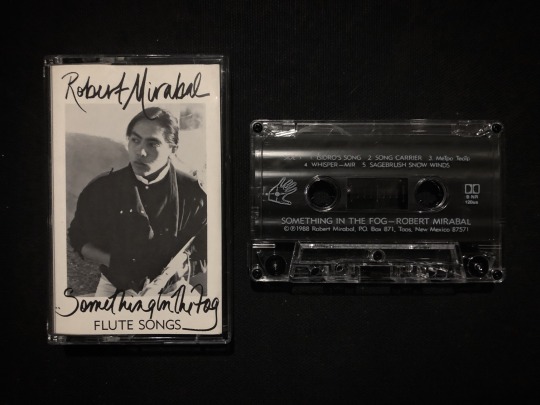
ROBERT MIRABAL - Something in the Fog (1988)
6 notes
·
View notes
Text
youtube
#Native American flute#new age music#music#youtube#flute#ambient#chill out#improvisation#Jazz#Bliss#Youtube
2 notes
·
View notes